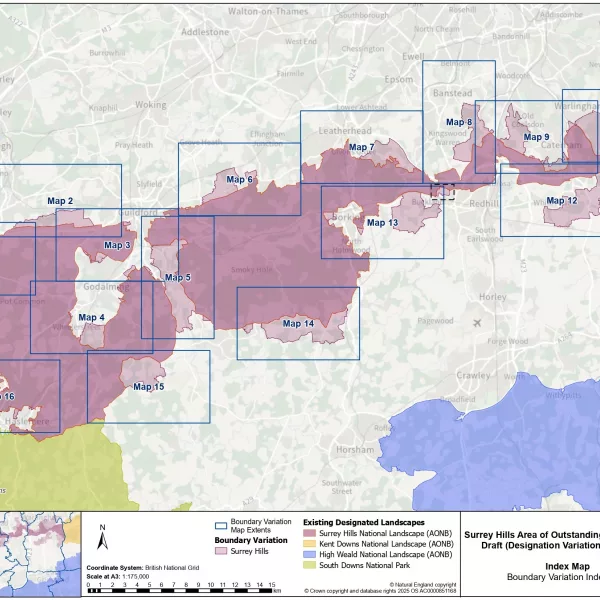
The Expansion of Agricultural PD Rights
The Government have expanded the permitted development (PD) rights, known as Classes Q and R, relating to the conversion of some agricultural buildings into residential or commercial spaces, making it easier to provide new homes and flexible business space in the countryside.
Class Q PD rights were initially introduced in 2014 to make the conversion of such buildings easier to attain by removing the requirement to submit an application for planning permission, though a prior approval would still be required. Recent changes aim to make diversification of farming enterprises even more flexible and increase the scope of buildings it applies to.
Prior to the most recent changes, a building’s use had to be solely agricultural in order to benefit from these PD rights. The amendment now allows former agricultural buildings used for other purposes to qualify for conversion to residential which will considerably broaden the scope of eligible buildings.
The legislation has also been simplified to increase the maximum overall floor space of each agricultural unit from 865sqm to 1,000sqm, which can be made up of as many as 10 individual homes, as opposed to the limit of 5 previously; although each dwelling may be no more than 150sqm. Additionally, landowners are now permitted to extend outside the footprint of the original building, on a single storey, subject to specific limitations. This is a key benefit which will give greater flexibility to the landowner to optimise their space. Associated building works to convert suitable buildings may also be permitted development, depending on their extent. Loosening the limitations of the original PD rights further, aims to support the provision of additional housing to meet rural needs, a particular challenge in rural communities where there is often a more restrictive approach constraining delivery.
The Government had also considered removing the limitations on Class Q PD within Protected Landscapes which covers areas such as National Landscapes (formerly AONB’s), National Parks, conservation areas and world heritage sites. However, despite the recent changes, this restriction still stands, meaning sites within these areas cannot benefit from this agricultural PD right. This does restrict the scope of the right considerably, given that National Landscapes and National Parks make up 25% of land in England alone, (GOV.UK, 2021). The CLA were among many supporting the proposal to extend the PD rights into Protected Landscapes as it would have facilitated housing delivery and the growth of rural economies in these local communities. The CLA referred to the impactful figure from their 2023 planning survey that 58.4% of members living in Protected Landscapes have buildings that they wish to convert but are unable to do so under the planning restrictions in place at present without the delays and costs associated with the submission of a full planning application, (CLA, 2023).
Under an expanded Class R the Government has given greater flexibility to landowners, providing a wider range of commercial uses to which an agricultural building can be converted without the need for planning permission, such as farm shops, sports facilities, hotels or farm training centres. As well as the type of commercial use, the Class R PD changes have increased the permitted scale of the space as well, the floor space limit has doubled from 500sqm to 1,000sqm to capture the potential of a greater number of buildings. Class R PD rights may be exercised in National Parks, National Landscapes and Conservation Areas but do not apply to listed buildings and curtilages, scheduled monuments, safety hazard areas and explosive storage areas.
Overall, these amendments to the agricultural PD rights remove a lot of the red tape previously required for many farm conversions and make the planning process much smoother for many landowners. They aim to open up greater opportunities to develop existing farm buildings and diversify agricultural business models, facilitating speedier provision of housing and employment in rural communities. However, many landowners are still subject to restrictions which make such diversification more difficult for them.
Class Q and R PD changes came into effect on 21st May 2024.
As ever the small print is important, for further information on the agricultural PD changes in full, including current PD right limitations, the prior approval process, and to check whether buildings qualify for expanded Class Q or R PD rights, please contact our team.
We will be happy to assist with your query planning@union4.co.uk
Other news
See all

London Housebuilding: Emergency Measures
The Government and GLA are currently consulting on two documents aimed at stimulating and reviving housing delivery across London, in response to a…...
Read now
Surrey Hills Area of Outstanding Natural Beauty - Boundary Extensions: Last opportunity to make representations
Natural England have given notice of their intention to Vary the Designation Order to include boundary extensions to the Surrey Hills Area of…...
Read now